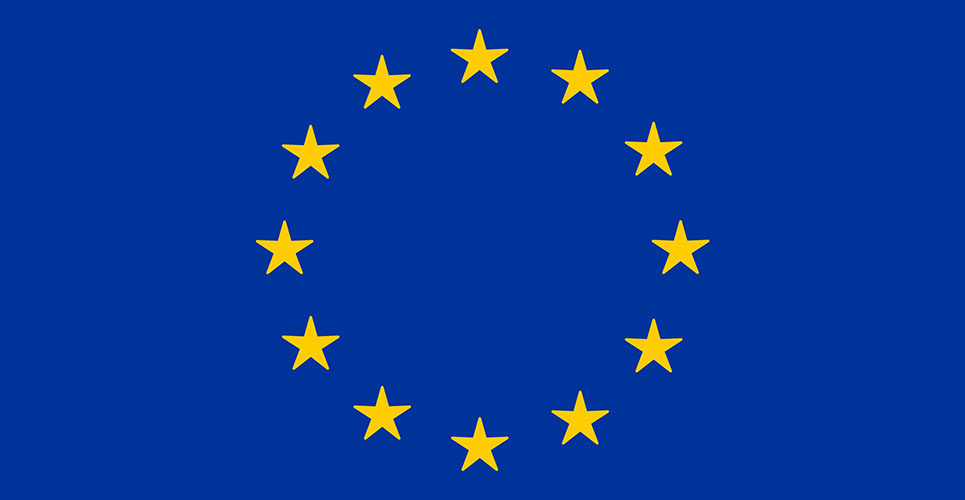teaser
European cell-based assays markets face a tough challenge in identifying novel candidates in drug discovery, according to a consultancy’s report.
European Cell Based Assays Markets, produced by the Research and Markets service of US-based market research firm Frost & Sullivan, says provides an overview of the cell-based assay market in drug discovery, including an analysis of trends in the market.
The company’s analysts examined cell-growth-associated, cell-death-associated and functional assay kits.
Developing a drug from concept is estimated to cost some $800m and require ten years, so the benefits of being first to market a new drug is becoming a high-risk business for pharmaceutical and biotechnology companies.
Pharma companies continually seek new strategies to gain better information about drug candidates as early as possible.
Challenges these companies face with the failure of drug candidates include pharmacokinetics and issues surrounding absorption, distribution, metabolism and excretion (accounting for 40% of failures), animal toxicity (10%) and side-effects or human toxicity (10%).
One effective strategy used in the pharmaceutical and biotechnology industries is to identify new drug candidates by high-throughput screening (HTS).
A Frost & Sullivan analyst explained: “To date, HTS laboratories use cell-based assays as primary detection tools to screen potential drug candidates, providing more accurate representation of the real-life cell model than the traditional biochemical assays.
“The objective of HTS is to reduce the number of lead compounds to those showing true potential of becoming genuine drug candidates, with recent attention on cytotoxicity tests.”
The surge in demand for more toxicity tests has come about in response to drug firms striving to improve the cost-effectiveness of their candidate programmes.
Another emerging trend in the European cell-based assay market is the pressing need for direct and accurate ways to screen potential drug compounds against G protein-coupled receptor (GPCR) targets, as these account for more than 60% of prescription drugs currently on the market.
Research has found that the industry is willing to invest in novel technologies and advances in drug discovery, moving towards a combination of cell biology, imaging and in vivo skills.
Cell-based assays are used to detect the failure of candidates at the early stages of development, helping cut costs associated with developing the drug in the long term.
Trends towards assay miniaturisation and multiplexing for high throughput and ultra-high throughput screening continue to spur the development of homogeneous cell-based assays in high-density, small-volume microplate formats.
“Research has shown that fluorescence labelling and advanced detection methods have given the cell based assay market a huge boost over the last five years,” the analyst said.
“Recently, the cell-based assay market has witnessed market participants expanding their range of reagent portfolio and instrumentation platform in the area of drug discovery to meet end-user demand, with immense interaction among lab disciplines (use of reagents/consumables, assay kits and mixed cell types), technology platforms (imaging, microscopy and flow cytometry) and detection methods (absorbance, fluorescence and luminescence).”
Another emerging trend is the outsourcing of several cell-based assay activities by HTS researchers to cut costs and utilise the expertise of companies in various R&D areas, and compressing the timeline for drug development.
European Cell Based Assays Markets

